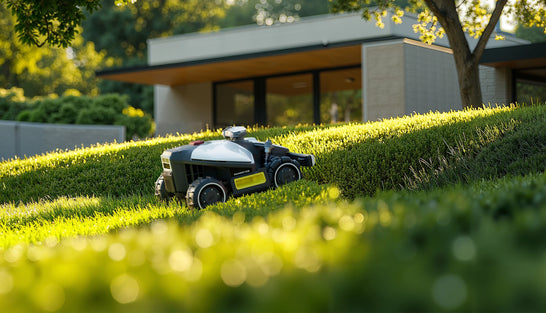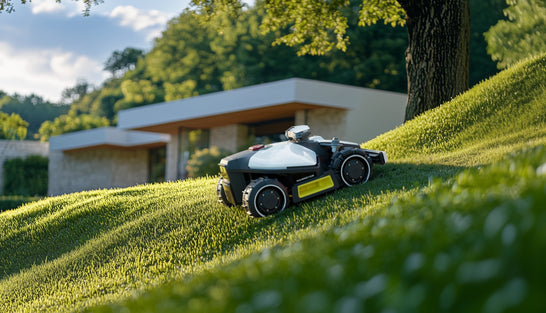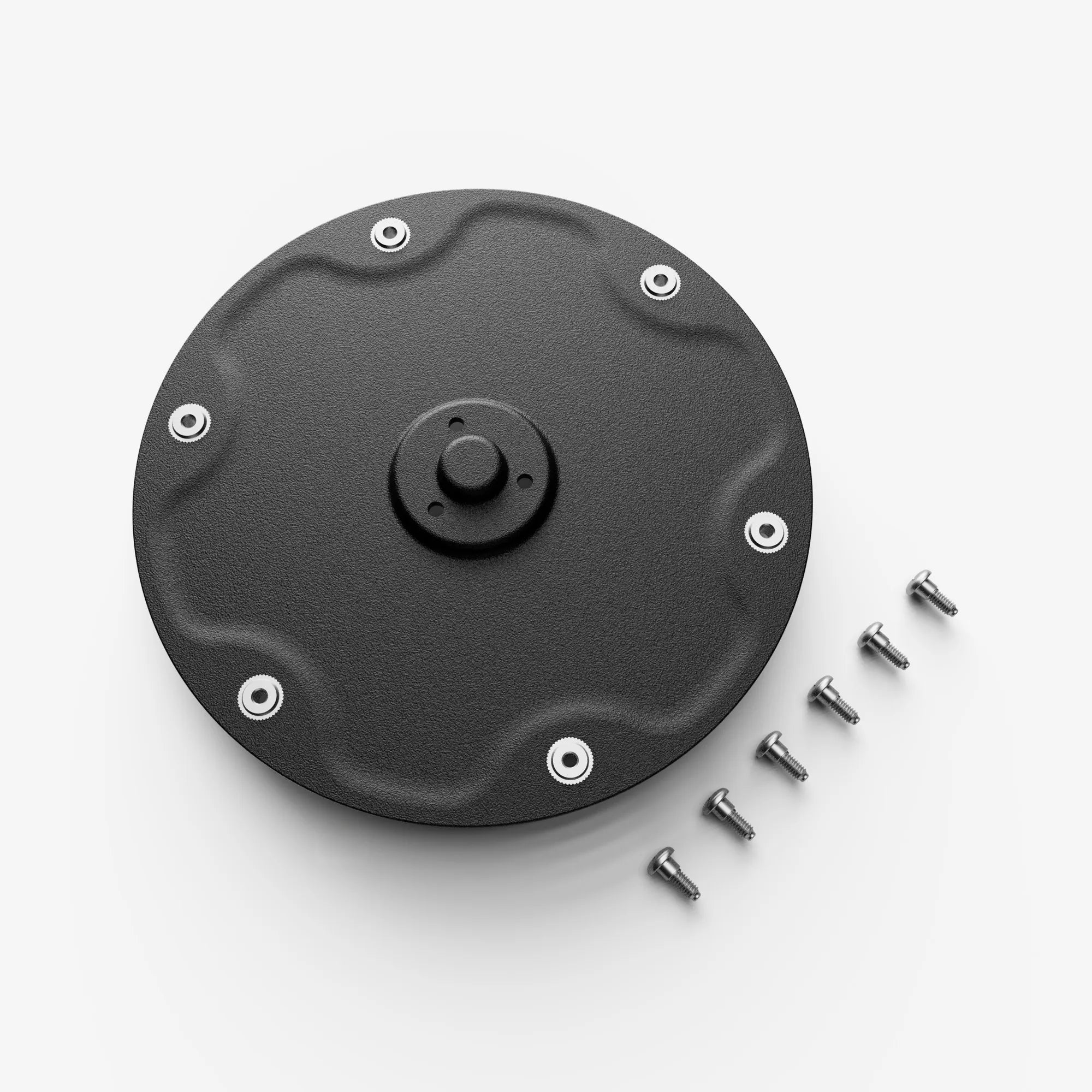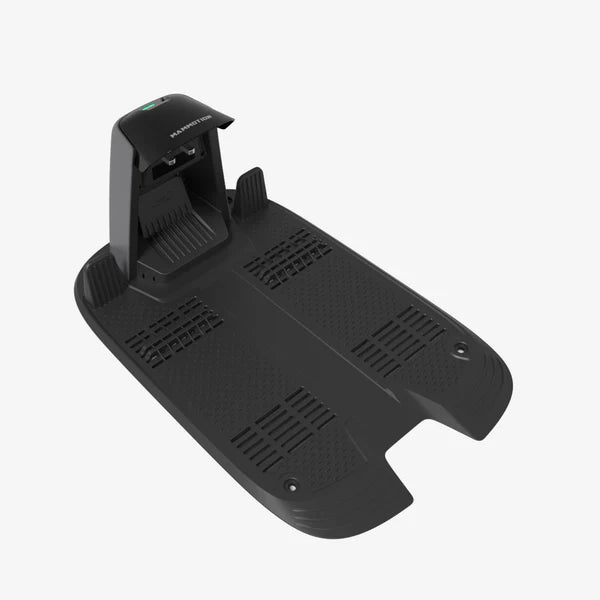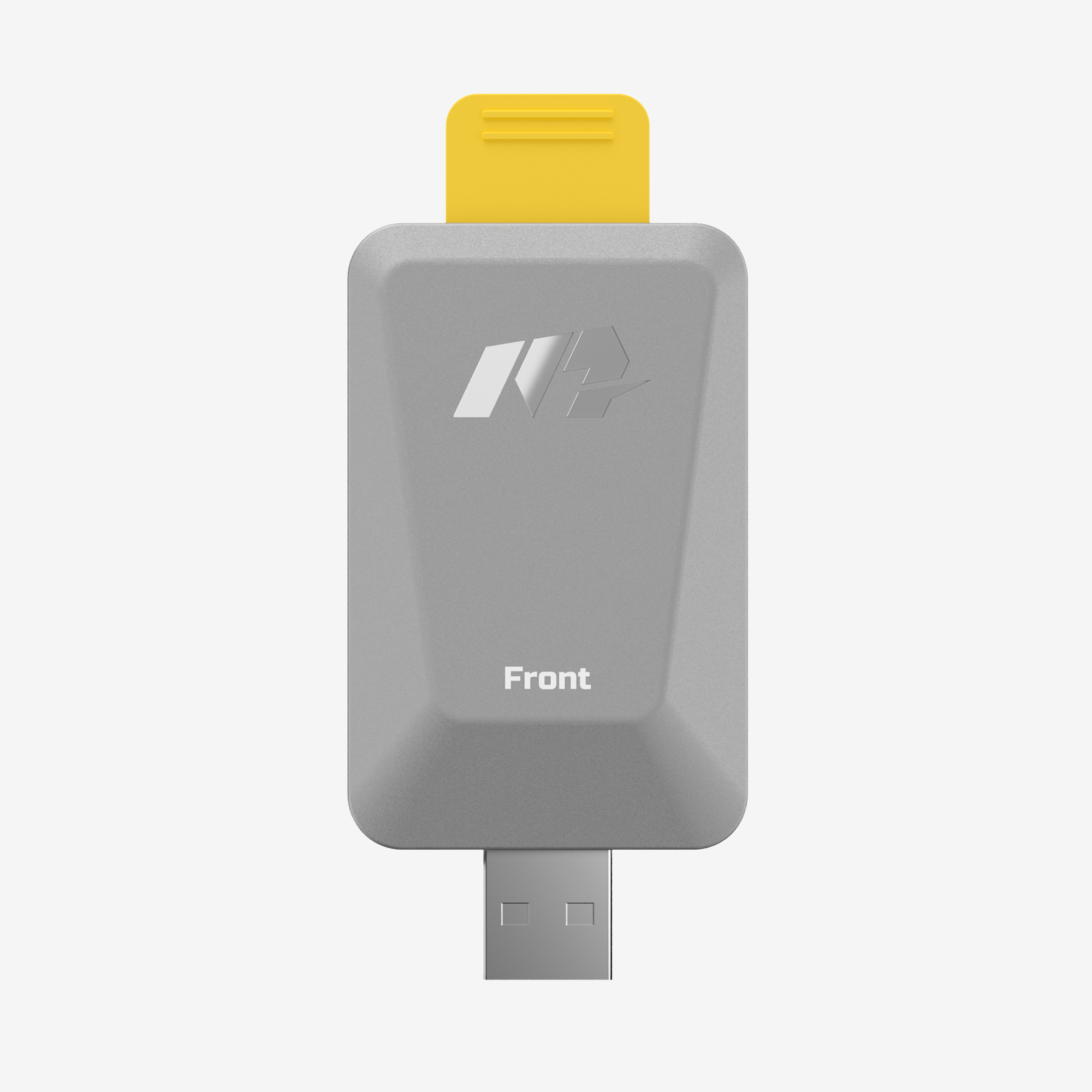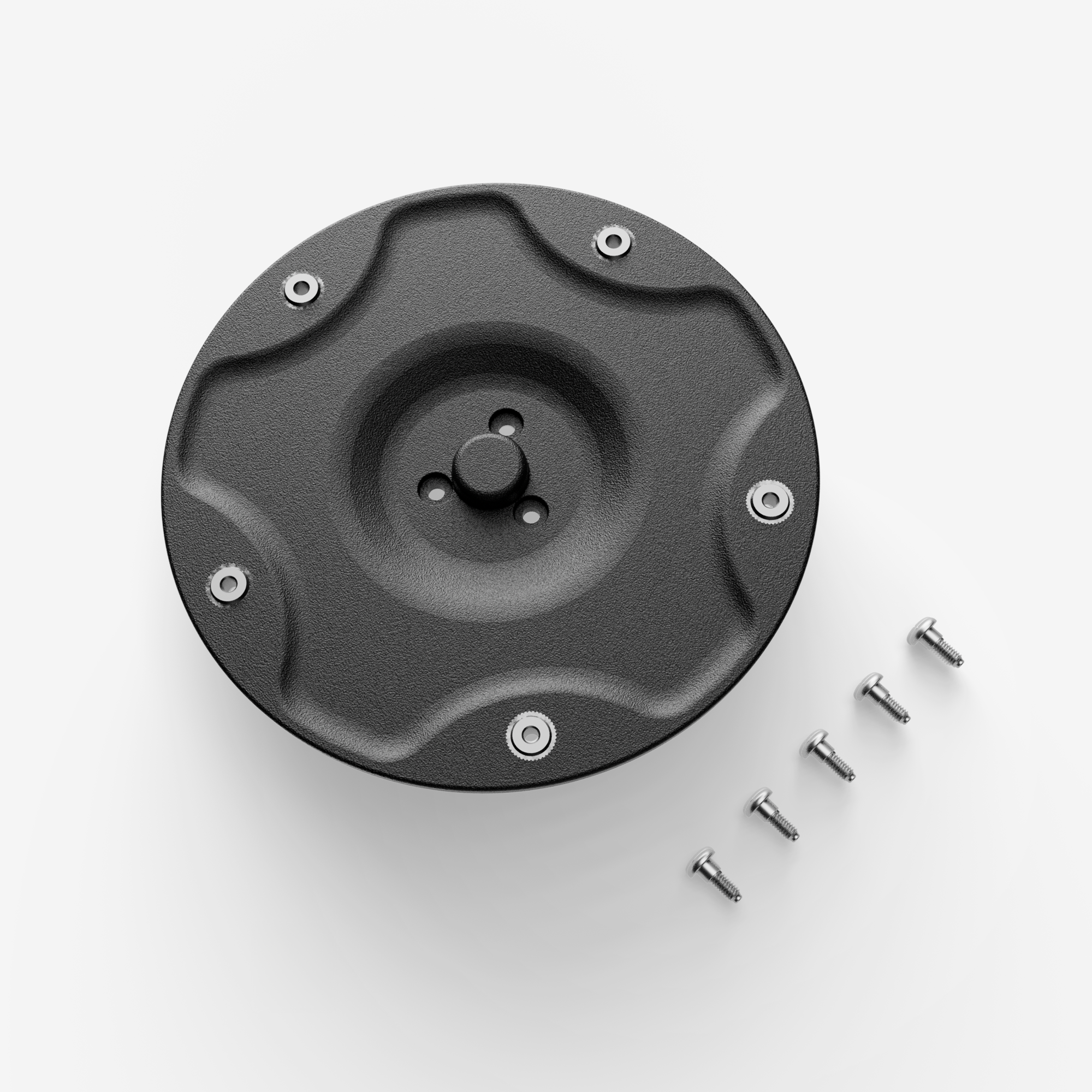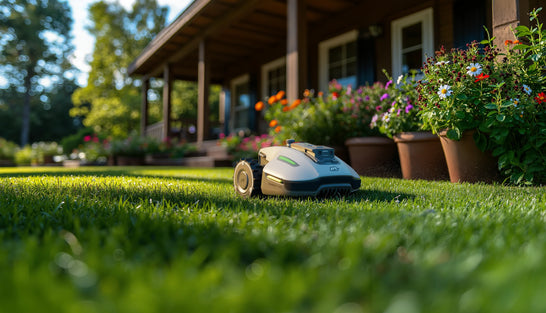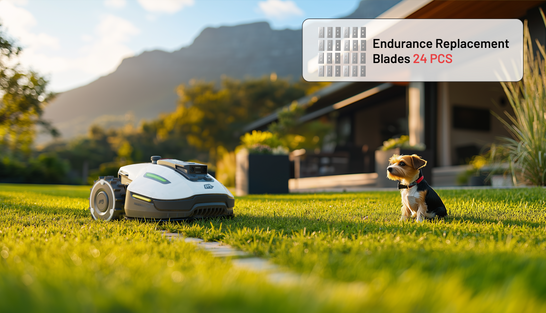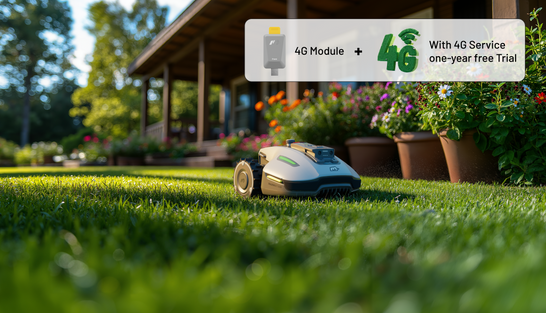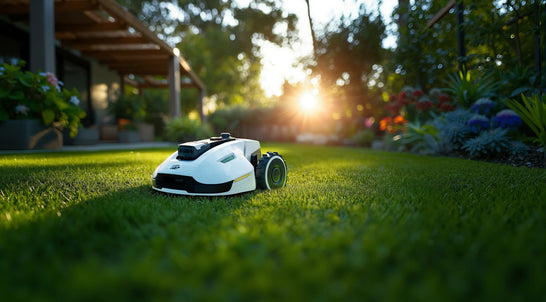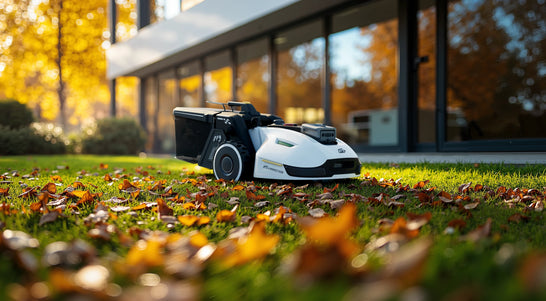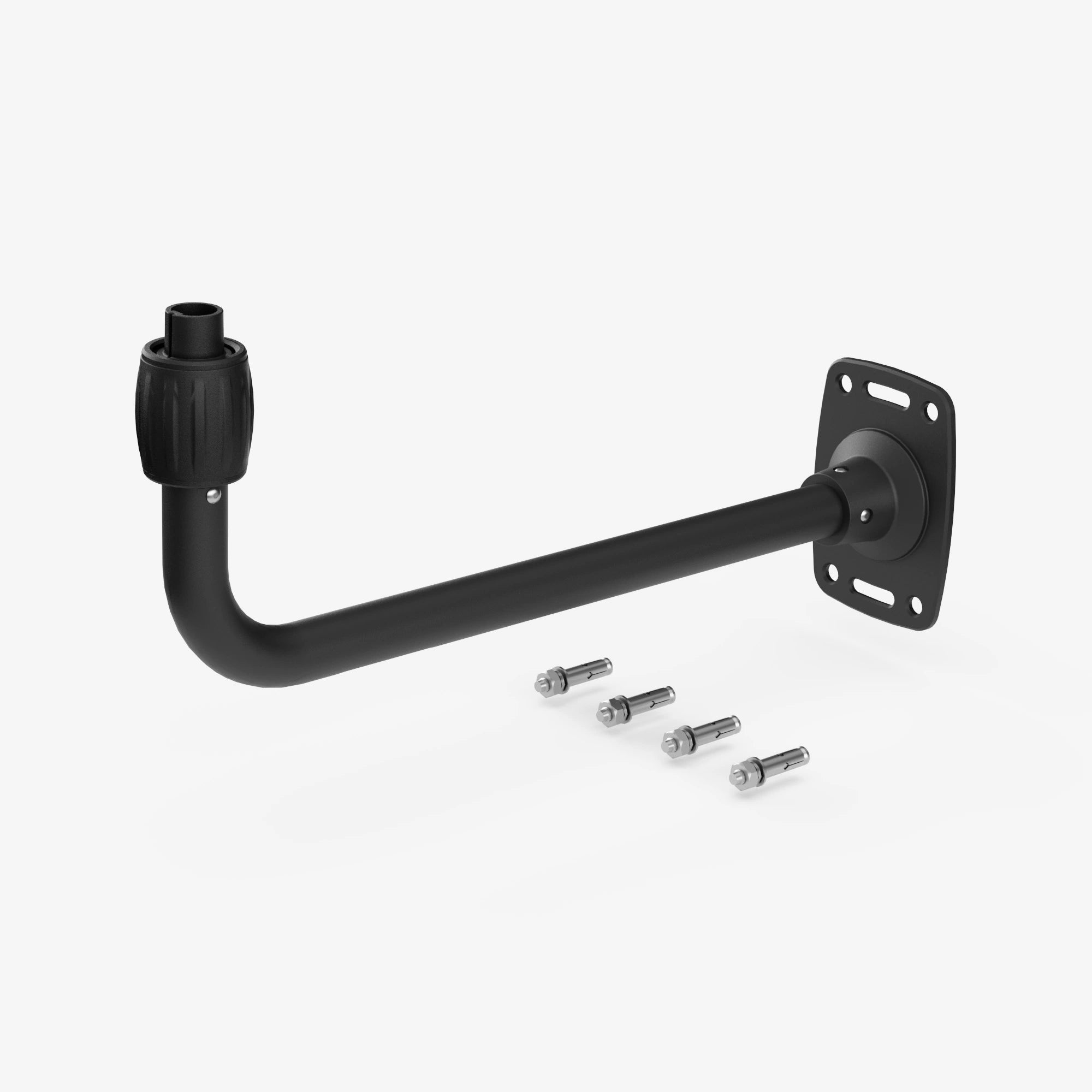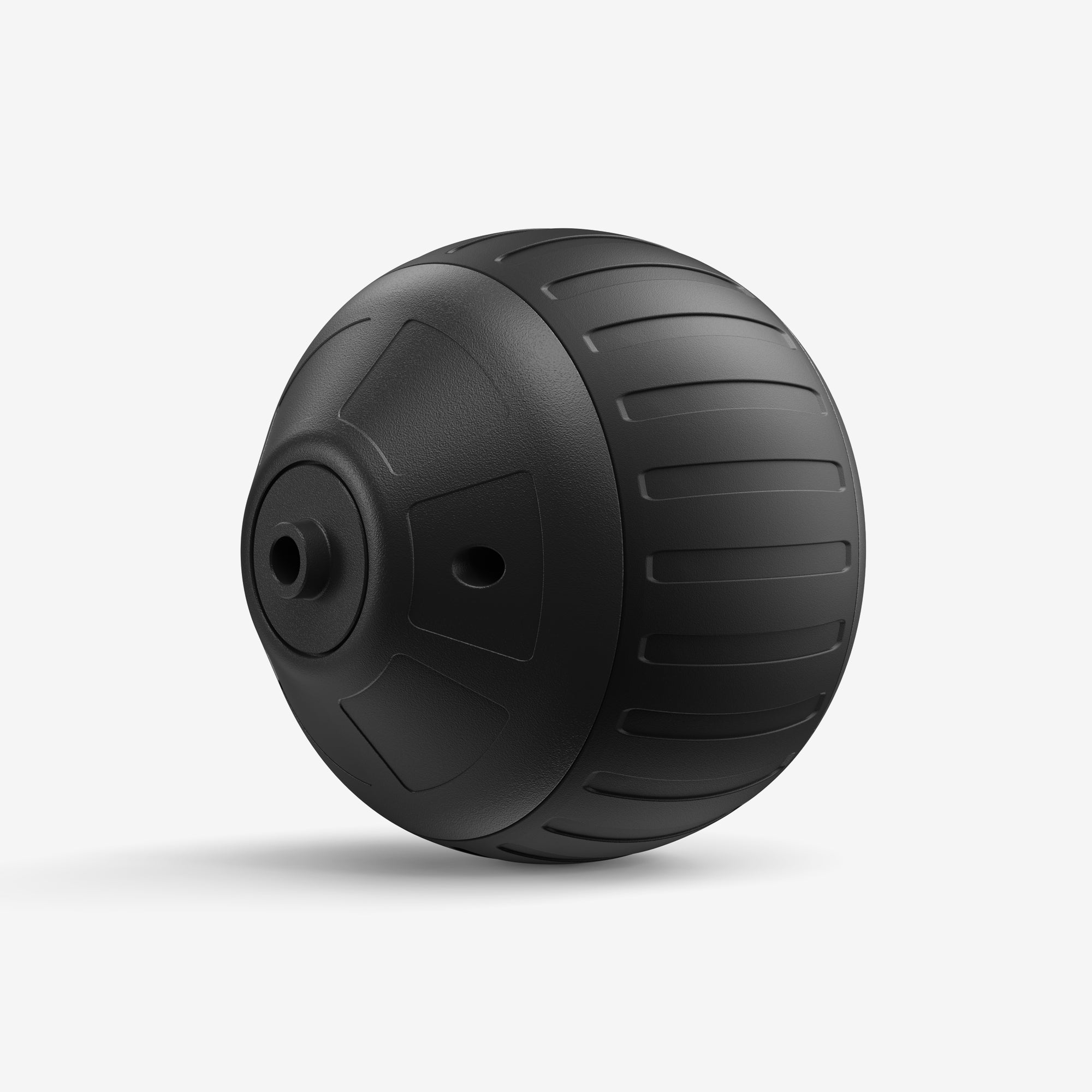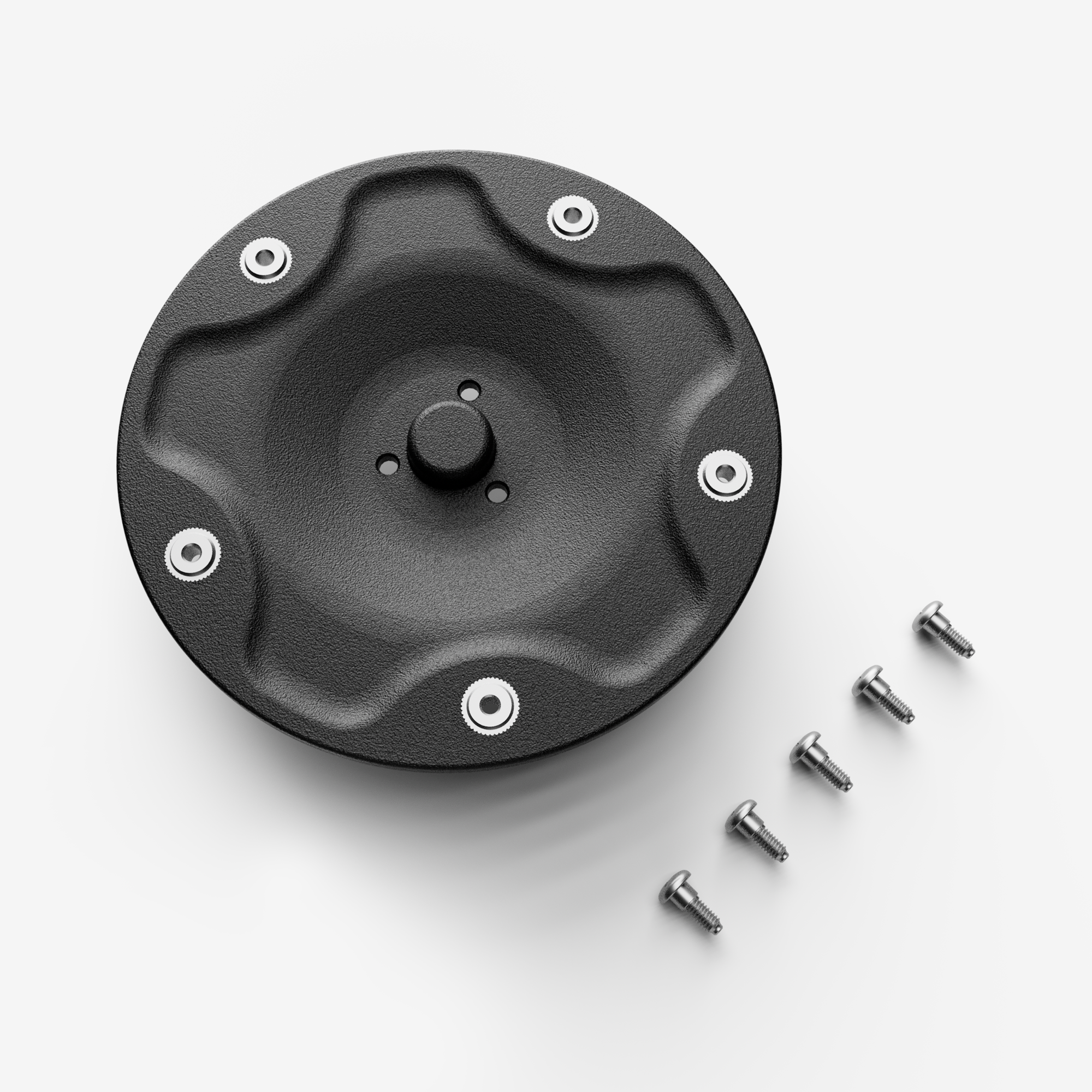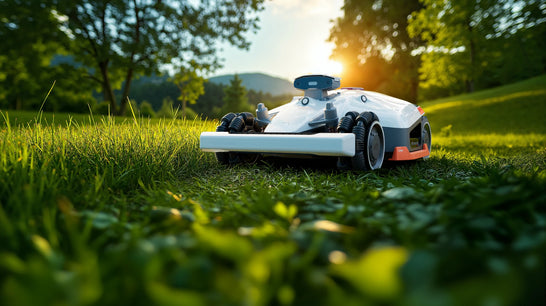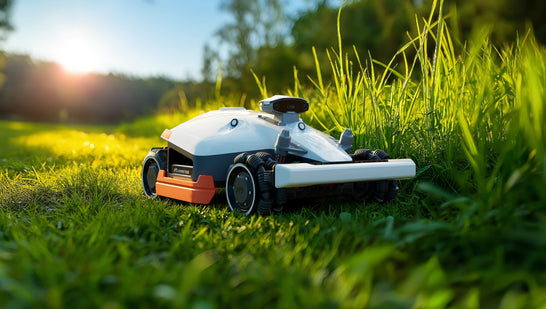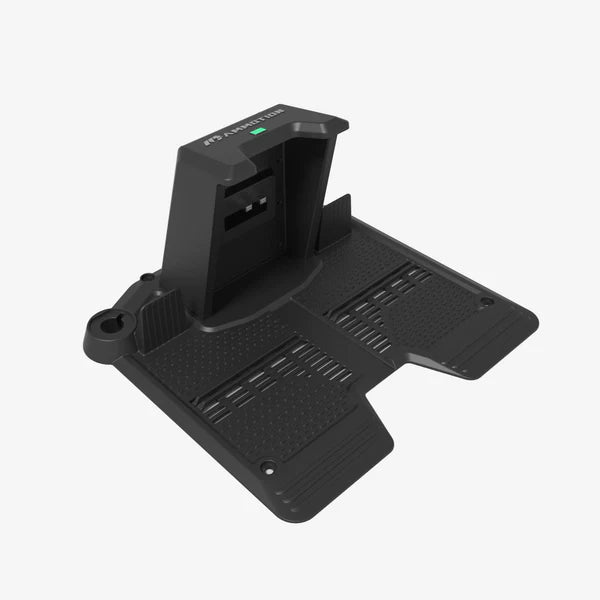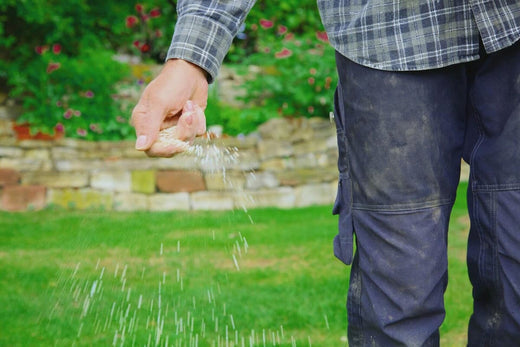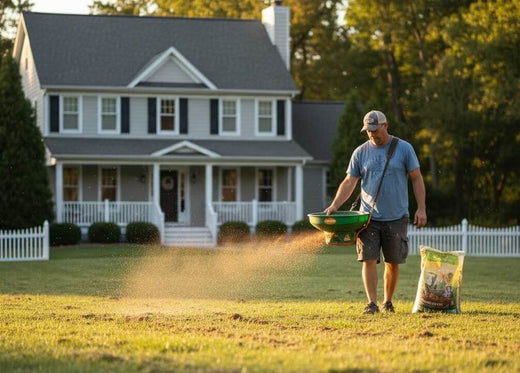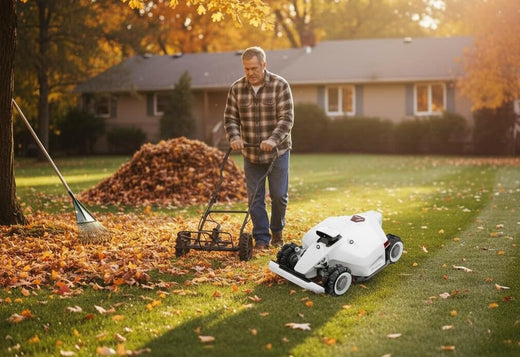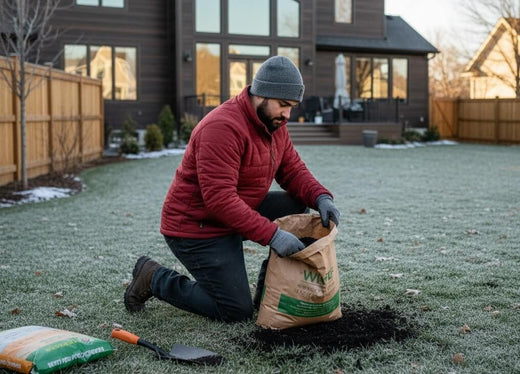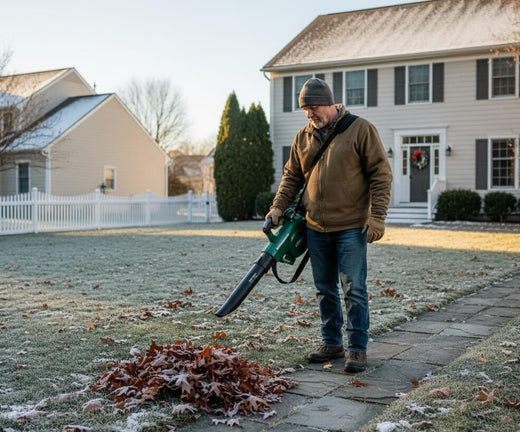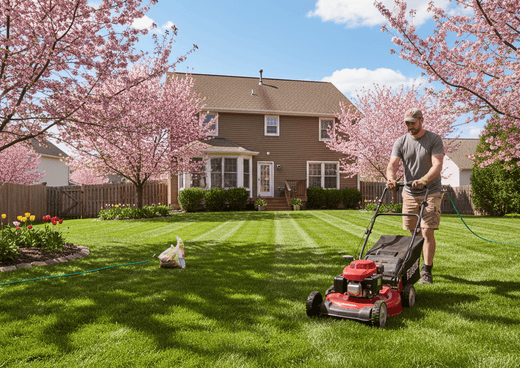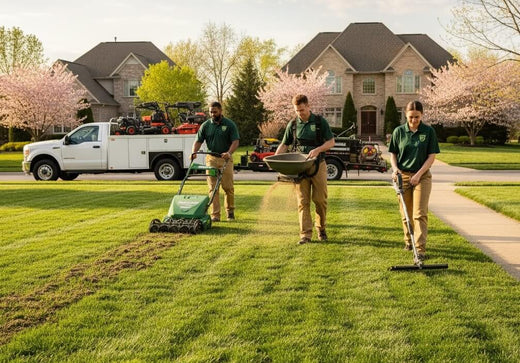Spring is a time of renewal, and your lawn deserves a fresh start. While fall is traditionally the best time to seed your lawn, there are situations where seeding lawn in spring becomes necessary. Whether you’re dealing with bare spots, winter damage, or simply aiming to rejuvenate your grass, spring offers a chance to breathe new life into your lawn. Here’s a guide on how to successfully seed your lawn in spring.
Challenges When Seeding Your Lawn in Spring
Seeding lawns in spring can present a few challenges compared to the cooler fall months. Spring weather can be unpredictable, and other factors, such as weeds, can hinder your efforts. Let’s break down some of the key obstacles you might face:
- Unpredictable Spring Weather: Spring's weather can be volatile, which is one of the primary difficulties of seeding your lawn in spring. Heavy rains can wash away the seeds before they are established, and late frosts can damage new seedlings. To counter this, always monitor your local weather and be prepared to adjust your schedule if necessary.
- Weed Pressure: Spring is prime time for aggressive weeds like crabgrass and dandelions. These weeds compete with your grass for space, nutrients, and sunlight. It’s important to find weed control solutions that work well alongside your spring seeding.
- Pre-Emergent Herbicide Limitations: Pre-emergent herbicides, which prevent weed seeds from sprouting, can also prevent grass seeds from germinating. If you plan on seeding your lawn in spring, make sure to choose a pre-emergent product that is safe for new grass seed, or avoid them altogether if possible.
Preparing Your Lawn for Spring Seeding
The key to successful seeding lawn in spring lies in preparation. Start by clearing any debris, dead grass, or weeds. Consider aerating or dethatching your lawn to create the ideal seedbed. The more you prepare, the better the chances of successful germination.
- Clean Your Lawn: Removing dead grass, weeds, and other debris is essential. Use a rake or dethatcher to ensure that the surface is smooth and ready for seeding.
- Aerate the Soil: Aerating helps improve seed-to-soil contact and ensures that your grass seeds have access to essential nutrients and water. If your lawn is compacted, consider renting an aerator to help loosen the soil.
Choosing the Right Grass Seed for Spring
Choosing the right type of grass is crucial for seeding your lawn in spring. Cool-season grasses thrive in spring’s cooler temperatures, making them ideal for this time of year.
- Cool-Season Grasses: Kentucky Bluegrass, Ryegrass, and Tall Fescue are perfect for spring planting. These grasses germinate quickly and thrive in moderate spring temperatures. Among these, perennial ryegrass is particularly fast-germinating and can show results in as little as 7-14 days.
- Warm-Season Grasses: While Bermuda and Zoysia are excellent for warmer climates, they require higher soil temperatures and are best seeded later in the season.
Using Top Dressing to Enhance Growth
Top dressing is a technique that can significantly improve the results of seeding your lawn in spring. After seeding, apply a thin layer of peat moss, which will help retain moisture and promote seed-to-soil contact. Peat moss also deters birds from feasting on your fresh seeds.
Peat moss helps retain moisture, ensuring that the seeds remain moist as they begin to germinate. It also acts as a deterrent to birds, which are often attracted to freshly seeded lawns. Applying a thin layer of peat moss ensures good seed-to-soil contact while protecting the seed and promoting healthy growth.
When applying peat moss, use a broadcast spreader for an even layer across your lawn. Aim for a thin, uniform application that won’t smother the grass seed. This will also prevent clumping and ensure that the moss provides the moisture retention needed without creating a barrier to germination.
Weed Control While Seeding
One of the most important aspects of seeding your lawn in spring is preventing weeds while allowing your grass to grow. Traditional pre-emergent herbicides can prevent both weeds and grass seeds from germinating. Instead, use a product like Mesotrione (Tenacity) that allows grass seeds to germinate but also inhibits weed growth.
Be mindful of the timing—apply this product carefully so it doesn’t interfere with the growth of your newly seeded grass.

Watering and Maintenance
Watering is one of the most crucial factors in successful spring lawn seeding. After planting your seeds, ensure that the soil stays consistently moist but not soggy. Water lightly and frequently, about three times a day for 5-7 minutes each time, until the seeds begin to germinate.
As your grass starts to grow, reduce the frequency of watering, but increase the duration to encourage deep root growth. Patience is key, as grass can take a few weeks to establish itself.
Conclusion
Spring is a great time for seeding lawn in spring, especially if you're addressing bare spots or winter damage. By choosing the right grass seed, preparing your lawn thoroughly, and following best practices for watering and maintenance, you can achieve a lush, green lawn. Remember to plan for potential weather challenges and choose the right weed control methods to ensure your spring seeding is a success.
By following these steps and being patient, your lawn will soon flourish into the green, healthy landscape you desire. Happy seeding!
Frequently Asked Questions
1. Is it okay to seed a lawn in spring?
Yes, seeding a lawn in spring is possible, especially when addressing bare spots, winter damage, or if you want to rejuvenate your grass. Spring is a good time for cool-season grasses to establish, as they thrive in the moderate temperatures.
2. Can I just throw grass seed down on an existing lawn?
Yes, this is called overseeding. It’s a common technique to improve the density and health of your existing lawn. Just make sure the seeds make good contact with the soil, which can be helped by aerating the lawn first.
3. Can I just throw grass seed on bare spots?
Yes, seeding bare spots is a common practice to fill in areas of your lawn that have thin or no grass. It’s recommended to lightly rake the soil before seeding to ensure good seed-to-soil contact.
4. How do I prepare my lawn for spring seeding?
To prepare your lawn for spring seeding:
- Clean the lawn: Remove dead grass, weeds, and debris using a rake or dethatcher.
- Aerate the soil: Use a lawn aerator to improve soil aeration, allowing seeds to make better contact with the soil.
- Fertilize: Apply a nitrogen-rich fertilizer before seeding to encourage strong grass growth.
5. How to plant grass seed on existing lawn in spring?
To plant grass seed on an existing lawn in spring:
- Choose the right grass seed: Select grass seed suitable for your climate.
- Spread the seed: Evenly distribute the seed over the lawn, ensuring good soil contact.
- Cover the seed: Use a thin layer of peat moss or soil to cover the seed to retain moisture and prevent birds from eating it.
- Water: Keep the soil consistently moist but not soggy.
6. How to plant grass seed on hard dirt?
Before seeding, aerate or lightly till the hard soil to improve seed-to-soil contact and allow the seeds to establish. This will help prevent the seeds from being washed away or not germinating effectively.
7. How long does it take for grass seed to germinate in spring?
Grass seed typically takes 7 to 14 days to germinate, especially for cool-season grasses. Weather conditions like temperature and moisture levels will affect the exact timeline.
8. What to cover grass seed with when overseeding?
Use a thin layer of peat moss, topsoil, or a specialized lawn seed starter mix to cover the grass seed. This will help retain moisture, encourage germination, and protect the seed from birds. Ensure it’s a thin, even layer so it doesn’t smother the seeds.

